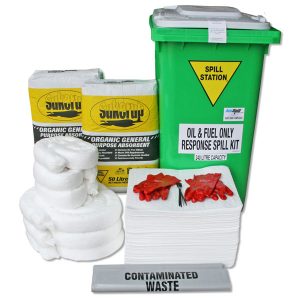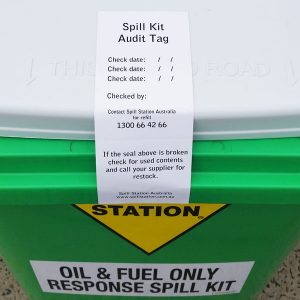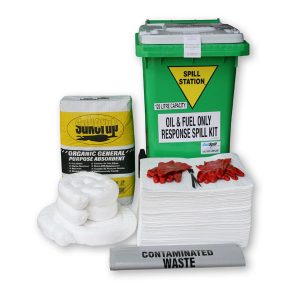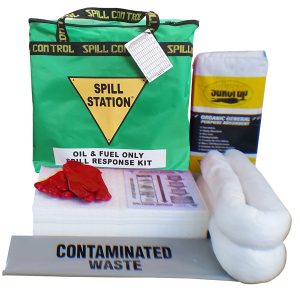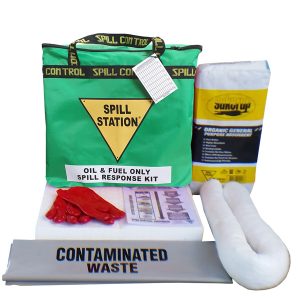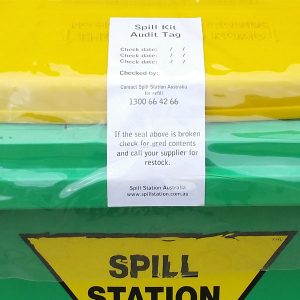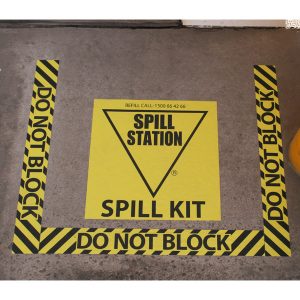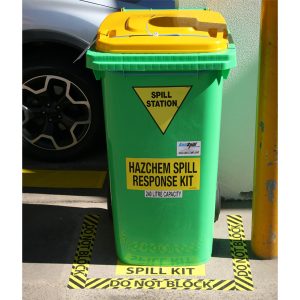Spill kits for oil and fuel are pre-packaged items that include everything needed to contain and clean up a hydrocarbon spill. According to Australian law, certain sites must have spill kits that are fully equipped and staffed with trained personnel who are aware of what to do in the event of a spill. For instance, locales dealing with Class III combustible fluids are legally necessary to have spill packs accessible on location.
What is Contained in an Oil & Fuel Spill Kit
The items in an oil and fuel spill unit can fluctuate from one site to another, being dealt with to rely upon the particular material. Different viscosity oils are treated differently, and spills of lighter substances like gasoline also have a greater potential to catch fire. People who respond to spills need to know what to do in every situation.
Oil spill response kits typically contain the following items:
- For smaller spills, hydrocarbon pads and pillows are made of absorbent material. These pads are made of varying grades and types are available for cleaning various hydrocarbons.
- A floor sweep is applied to the spill area. The area is "worked" with brooms and rakes until all of the liquid has been absorbed. In order to prevent the product from becoming saturated, a good floor sweep must be used.
- A putty-like product known as plug and dike is used to temporarily seal a vessel that is leaking. Wooden wedges can also be used to make a seal.
- The absorbent materials must then be discarded. In terms of environmental regulations and secure waste disposal, these absorbents must be discarded correctly.
- The Personal Protective Equipment (PPE) kit contains the necessary PPE for clean-up workers. This includes coveralls, nitrile gloves, safety goggles, and latex boot covers.
These Are Some Common Industries That Need Oil & Fuel Spill Kits
Oil and fuel spill kits are often seen in many industries.
Mining areas are a key industry that requires oil spill kits as they work in harsh operating conditions where equipment used may lead to unforeseen hydrocarbon spills and leaks. This is also vital for worker safety and environmental safety.
Refineries & Industrial spaces should have spill kits readily available in workshops and regional areas. The faster people can respond to an incident, the less disruption there will be in the workday. A quick clean up also reduces the risks of safety issues like a fire or explosion.
Workshops & Automotive Repair Spaces are another industry that needs spill kits to clean and handle any accidental spills that may occur. This is because these workplaces handle a lot of oil and fuel in machinery and automotives.
Shipping industries require spill kits that are designed to handle spills both on land and on water. This is vital as spills can contaminate water systems and spread quickly, creating high environmental damage over time.

